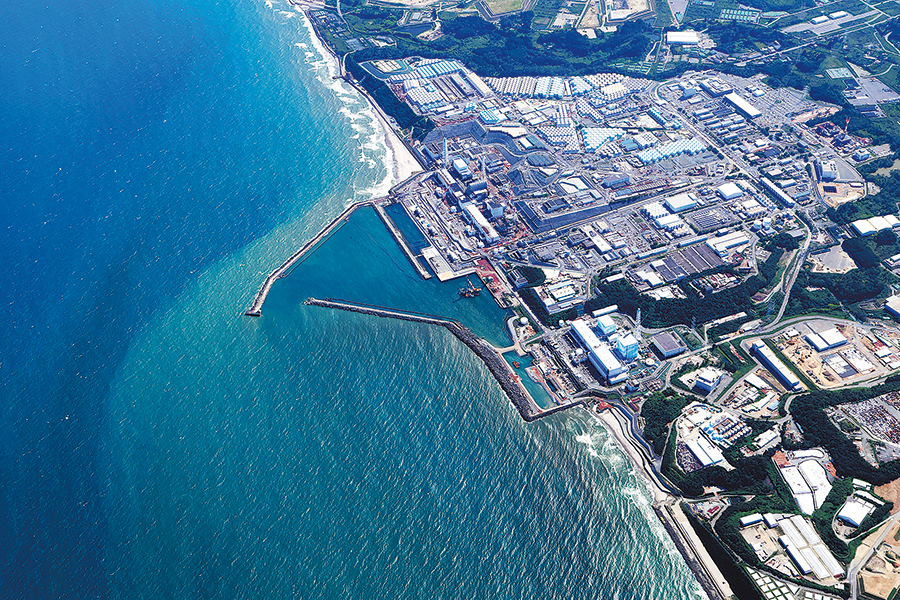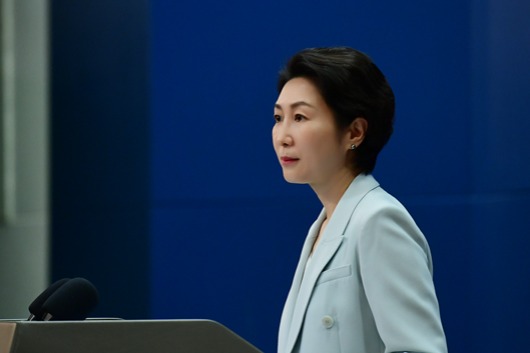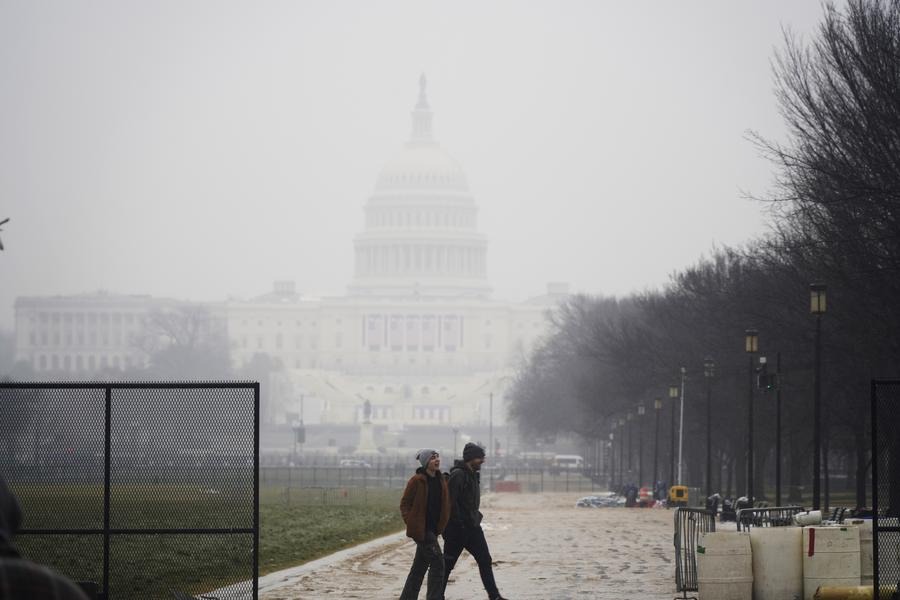Nobody drinks 'ALPS treated water' despite TEPCO's claim of meeting tritium standards


Although Tokyo Electric Power Company Holdings kept emphasizing that the concentration of tritium in nuclear-contaminated water discharged from the wrecked Fukushima Daiichi Nuclear Power Plant into the ocean meets WHO's standard for drinking water, no one drinks ALPS treated water simply because the tritium concentration meets international norms on water quality, an official of the company said. Still, TEPCO plans more releases of diluted but contaminated water to the sea.
"Indeed, nobody is drinking ALPS-treated water," said Junichi Matsumoto, the corporate officer in charge of ALPS-treated water management for TEPCO, at an online news conference on Tuesday. "But considering the concentration of the radioactive substance, we can confirm that it has been satisfying the safety level and will not cause any negative impact on the human body or health."
However, the research on the impact of low-dose radiation exposures on human health is not currently being conducted in Japan. After a nuclear accident occurred following the Great East Japan Earthquake and a tsunami that struck the Fukushima plant in March 2011, Japan began research in this area, but the research came to a halt due to resistance, said Masashi Goto, a former nuclear power plant engineer who has become critical of the industry.
"It is now believed that as long as the radiation levels are reduced, it is acceptable to release radioactive substances, which is incorrect," Goto said.
"Simply lowering the concentration of radioactive substances doesn't eliminate the danger to humans. The amount of the first batch of nuclear-contaminated water discharged from the Fukushima Daiichi Nuclear Power Plant is greater than the average amount of nuclear wastewater released by all the nuclear power plants in Japan annually in the five years before the Fukushima nuclear accident in 2011. Even if the contaminated water is diluted, it will still have an impact on the marine environment."
He noted that the standards for radioactive substance emissions are established to ensure the normal operation of nuclear power plants, but these standards are not set too strict, as otherwise, nuclear power plants may not be allowed to exist. Therefore, meeting the standards for radioactive substance emissions does not necessarily make the discharged water safe.
"Furthermore, the current research on the effects of human exposure to nuclear radiation is still incomplete. There is no clear research on the impact of tritium on the human body. In this context, TEPCO's claim that diluting and discharging nuclear-contaminated water into the sea is safe is not scientifically sound," he said.
Japan started releasing nuclear-contaminated water from the crippled Fukushima plant into the sea on Aug 24 and has so far dumped approximately 23,400 cubic meters of such water in three rounds.
The fourth round is scheduled to commence in late February, aiming to discharge approximately 4,500 cubic meters of nuclear-contaminated water stored in the K4 area tank Group E and approximately 3,300 cu m stored in the K3 area tank Group A, Matsumoto said.

































